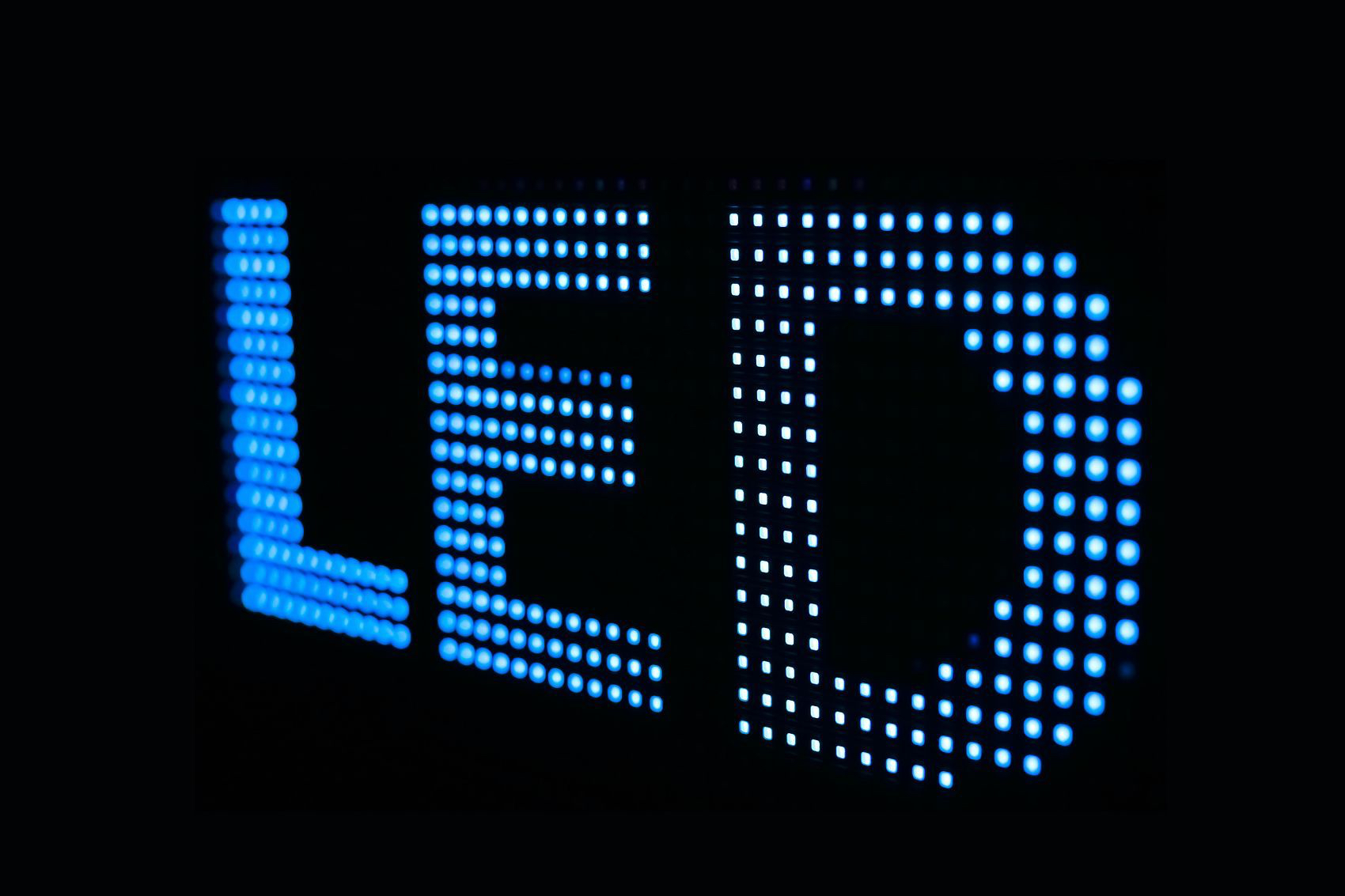Prof. Duan Lian's team from the Department of Chemistry found that by replacing hydrogen with deuterium in the materials of blue #OLEDs, the efficiency and stability could be significantly improved. They reached a maximum #quantum efficiency of 33.1% and had a 1365-hour lifetime under an initial luminance of 1000 cd/m2.

Highly efficient and stable blue organic light-emitting diodes (OLEDs), although required for display and lighting applications, remain rare. Here Duan Lian's team report a molecular perdeuteration strategy to stabilize blue thermally activated delayed fluorescence (TADF) emitters. Perdeuterated sky-blue TADF emitters exhibit higher efficiencies and doubled device lifetime in OLEDs compared with protonated emitters, owing to suppressed high-energy vibrations. Perdeuteration also leads to blue-shifted and narrowed spectra in the solid state, which in turn improves the Förster energy transfer to the deep-blue final emitter in TADF-sensitized fluorescent OLEDs. These devices exhibit a maximum external quantum efficiency of 33.1% and a lifetime to reach 80% of the initial luminance of 1,365 h with a Commission Internationale de l’Eclairage y coordinate of 0.20 at a luminance of 1,000 cd m−2, even outperforming blue phosphorescent OLEDs. Our perdeuteration strategy improves the device performance of blue OLEDs, paving the way for their broader applications in displays and lightings.